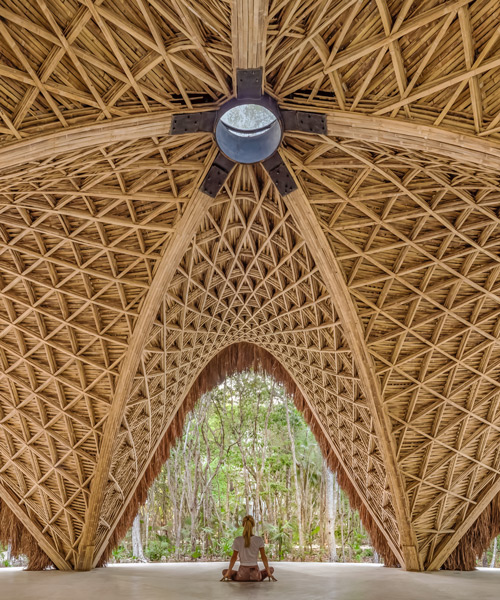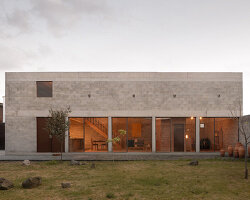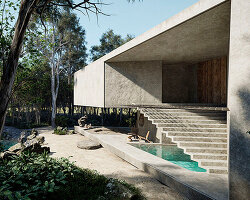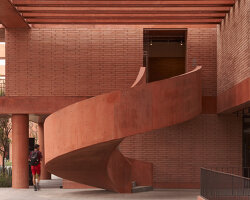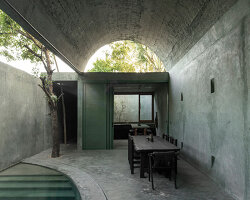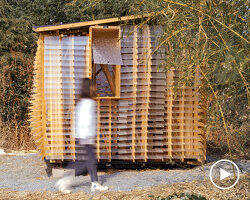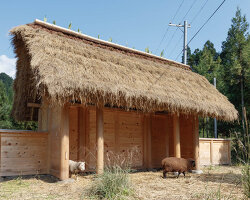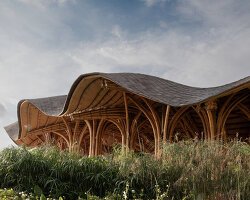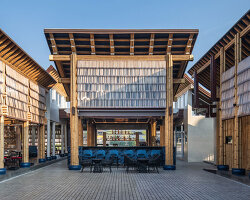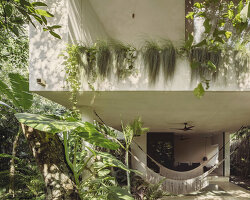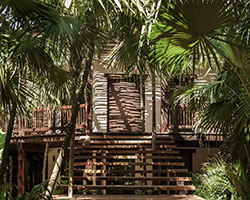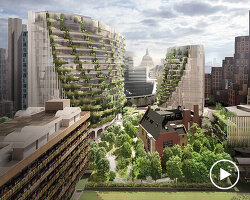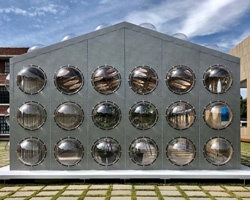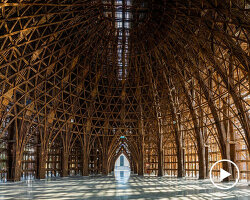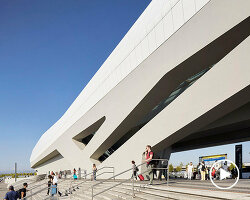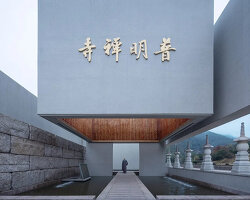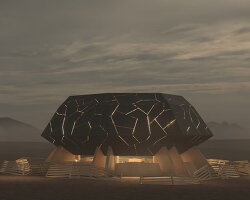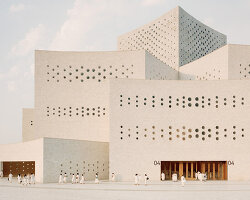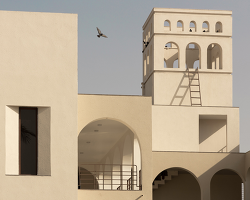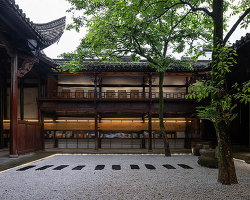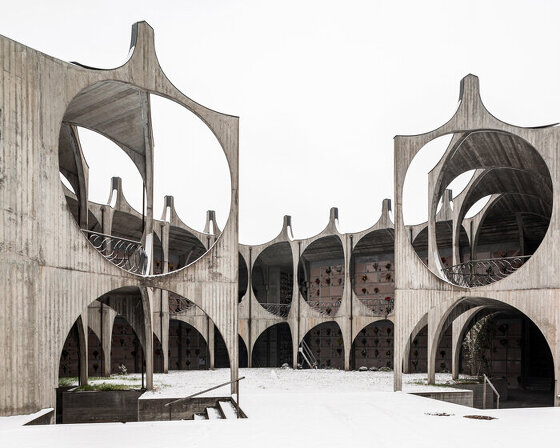in the heart of a conserved area of native jungle in tulum, mexico, the ‘LUUM temple‘ offers a quiet natural setting for introspection and reflection. designed by tulum-based architects CO-LAB design office, the pavilion takes the form of a five sided catenary structure, with sweeping walls made from sustainably-farmed bamboo, and arched vaults that co-exist in structural dependency. as the breeze passes over the jungle canopy and through the open structure, it animates an interplay of dappled light and shadows that further enhance the ethereal and tranquil quality of the space.
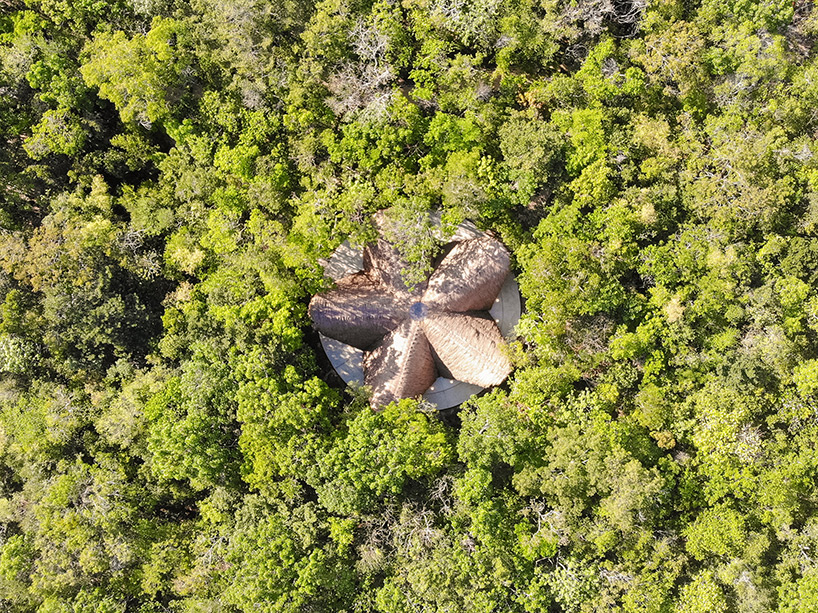
image by pakal egger / tonatiuh egger
CO-LAB designed the LUUM temple with parametric software, forming a series of arched vaults that support each other — an aesthetic choice with a symbolic message. these co-existing vaults serve as a reminder to the community of our interdependence, and particularly the accomplishments we can achieve when we work together. bamboo — farmed sustainably in the neighboring chiapas region — was bent on site, screwed and strapped together, making each individual woven piece work together as one unified element. once the arches were raised, they were woven together by a structural triangular pattern and further bound by two continuous layers of tightly woven bamboo lattice. externally, a layer of local zacate (grass thatch roof) protects the structure from the rain, and allows it to breathe in tulum’s tropical climate.
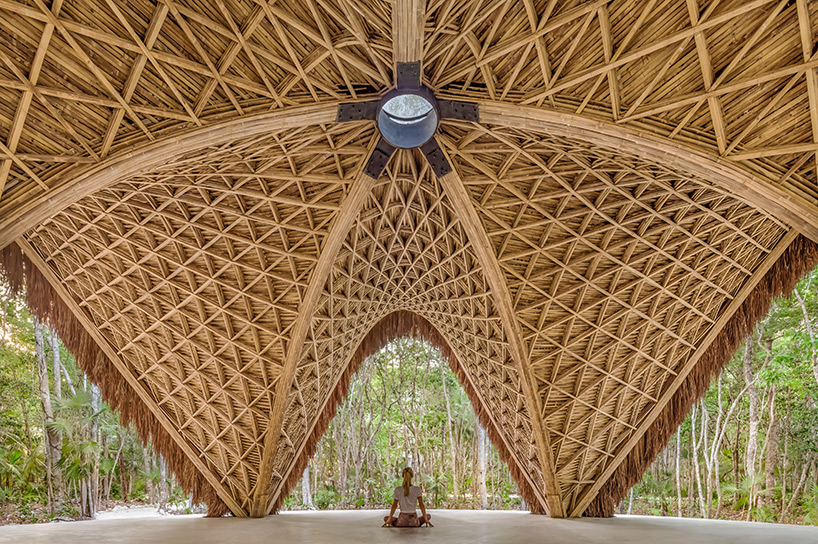
image by cesar bejar
the LUUM temple forms part of the amenities of a new residential development, LUUM zama — the masterplan of which was also designed by CO-LAB — and hosts a variety of healing programs including yoga, meditation, workshops and community gatherings. tulum has been the recent subject of surging popularity thanks to its white sand beaches, turquoise sea, and lush natural vegetation. while many developers seek to build maximum sellable areas — often clear cutting the existing jungle and building over the regulations — LUUM zama sets aside 50% of its 8 hectare area for the conservation of existing vegetation while also implementing a reforestation program with endemic plants of the region. CO-LAB is keen on raising awareness to the urgency of protection of the natural resources in the area, and the regulation of new construction.
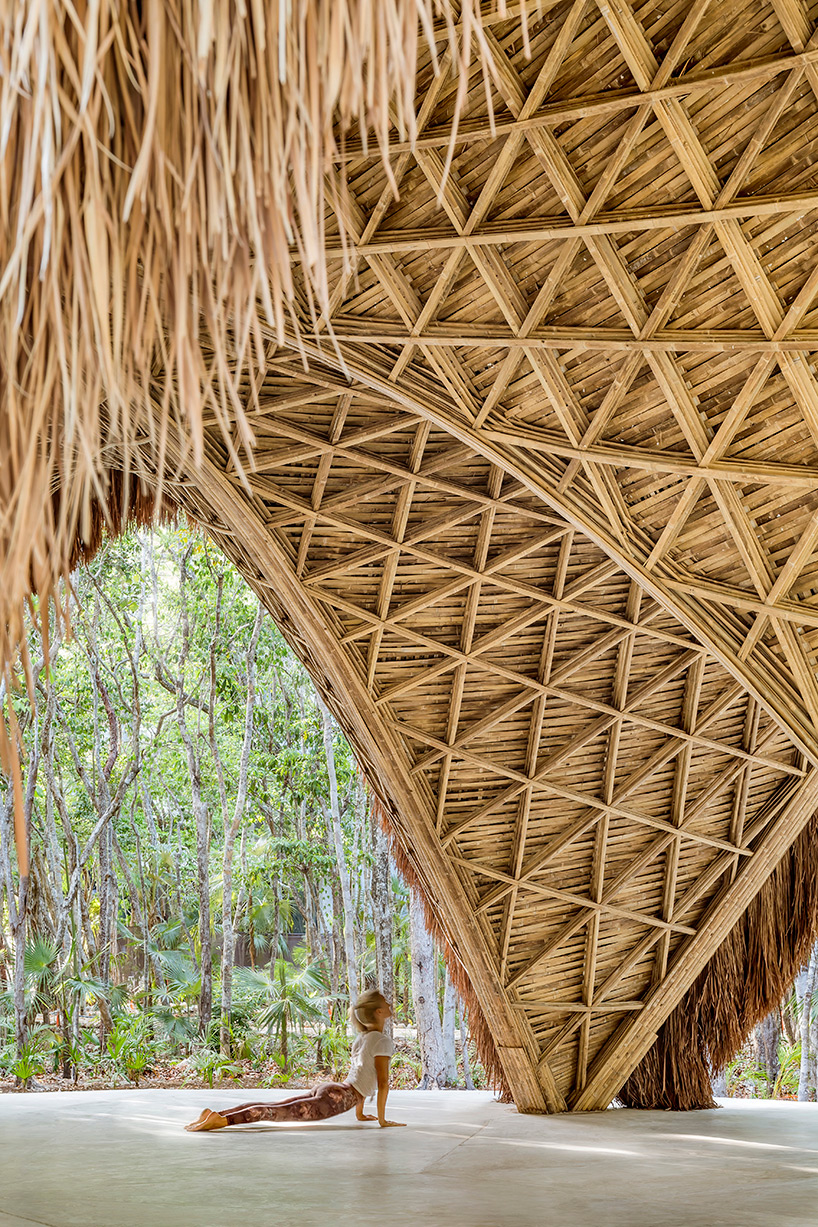
image by cesar bejar
‘LUUM temple is a showcase for sustainable development,’ the architects describe. ‘it combines innovative design and engineering with artisanal building and organic sustainable materials. the project carefully weaves the architectural program with the beauty of the site to create a unique, iconic yet contextual space for the community, and brings to fruition a truly collaborative process between architects, engineers, builders, and owners. we believe that combining modern design techniques with artisanal craftsmanship can have a positive impact on revitalizing some hand craft techniques and lifestyles in danger of disappearing.’
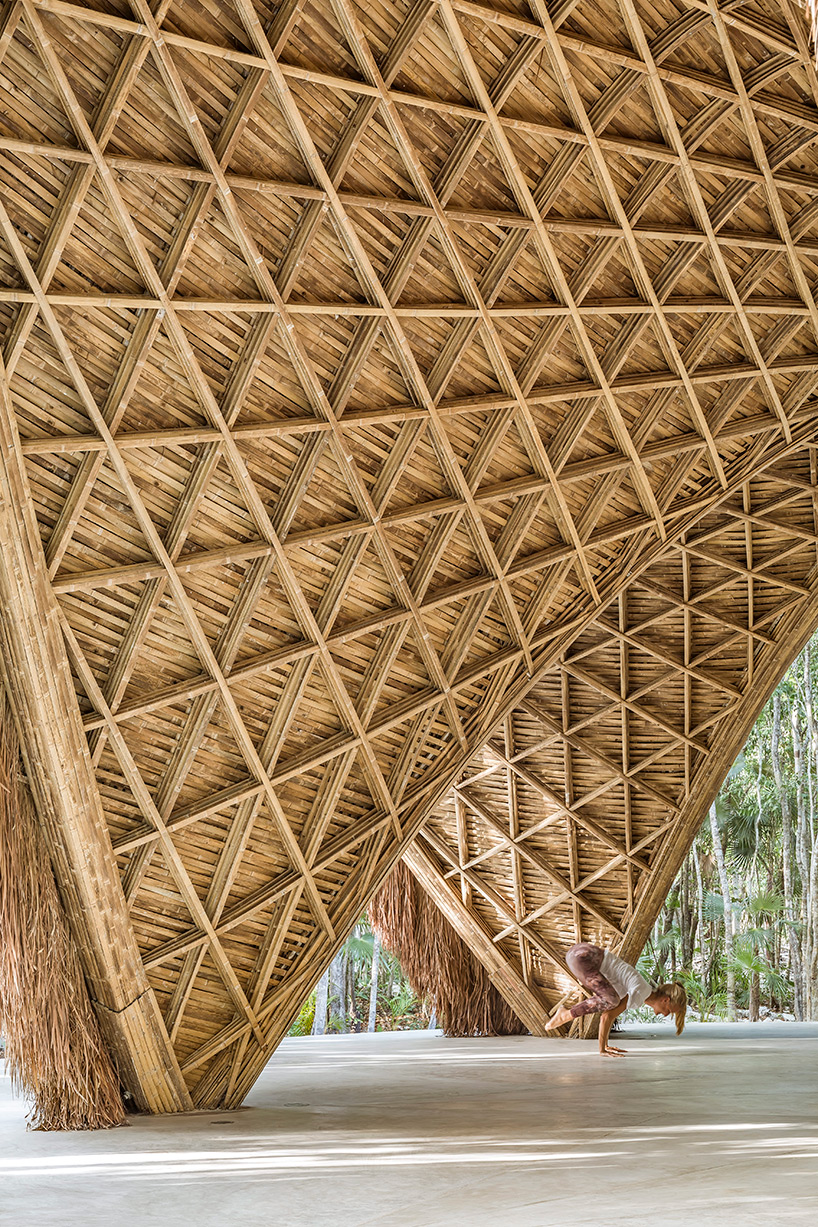
image by cesar bejar
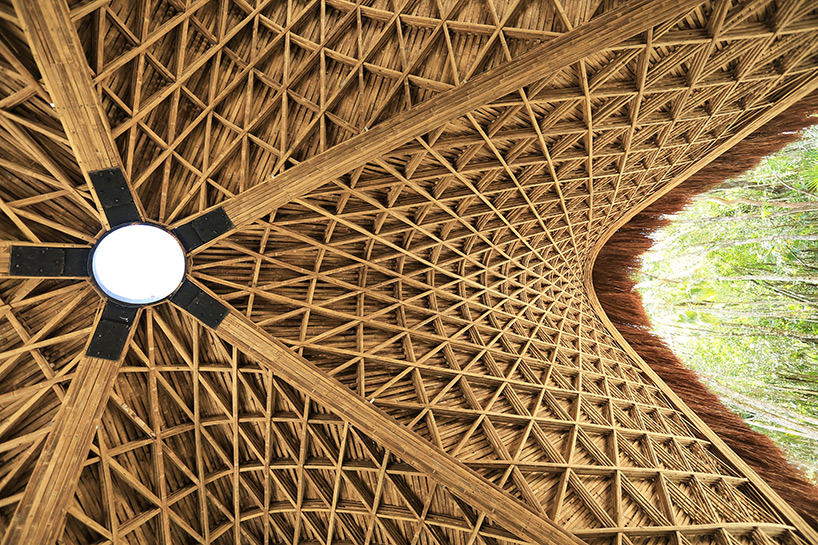
image by CO-LAB design office
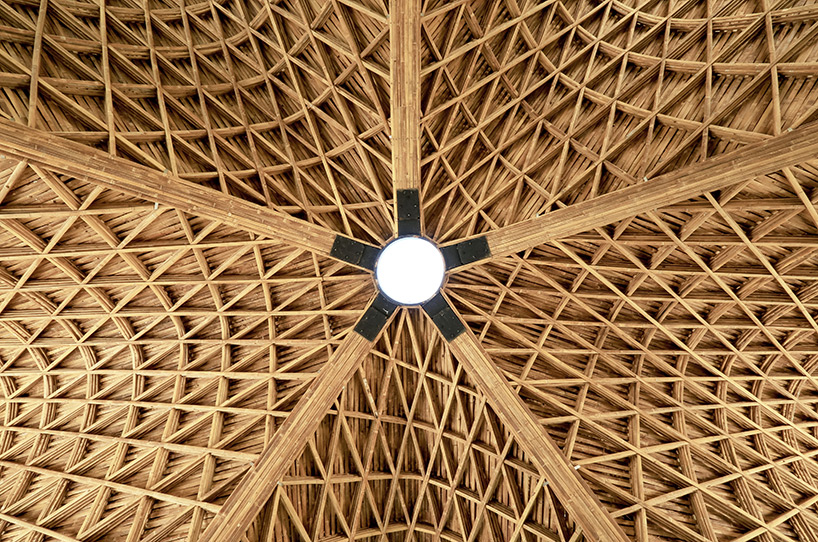
image by CO-LAB design office
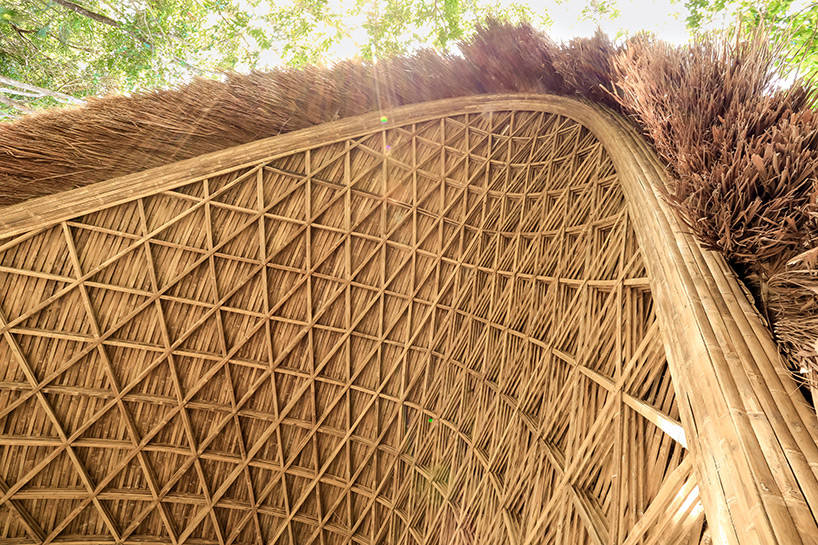
image by CO-LAB design office

image by cesar bejar
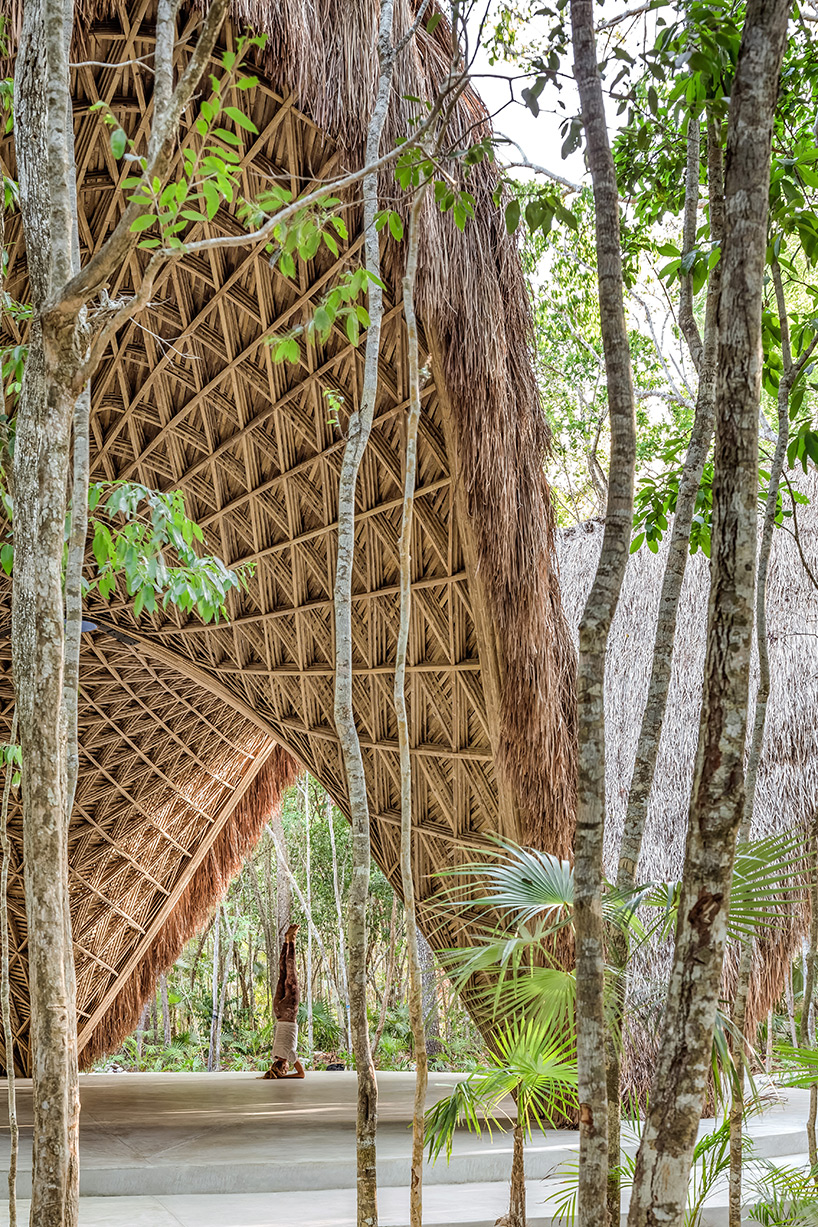
image by cesar bejar

image by CO-LAB design office
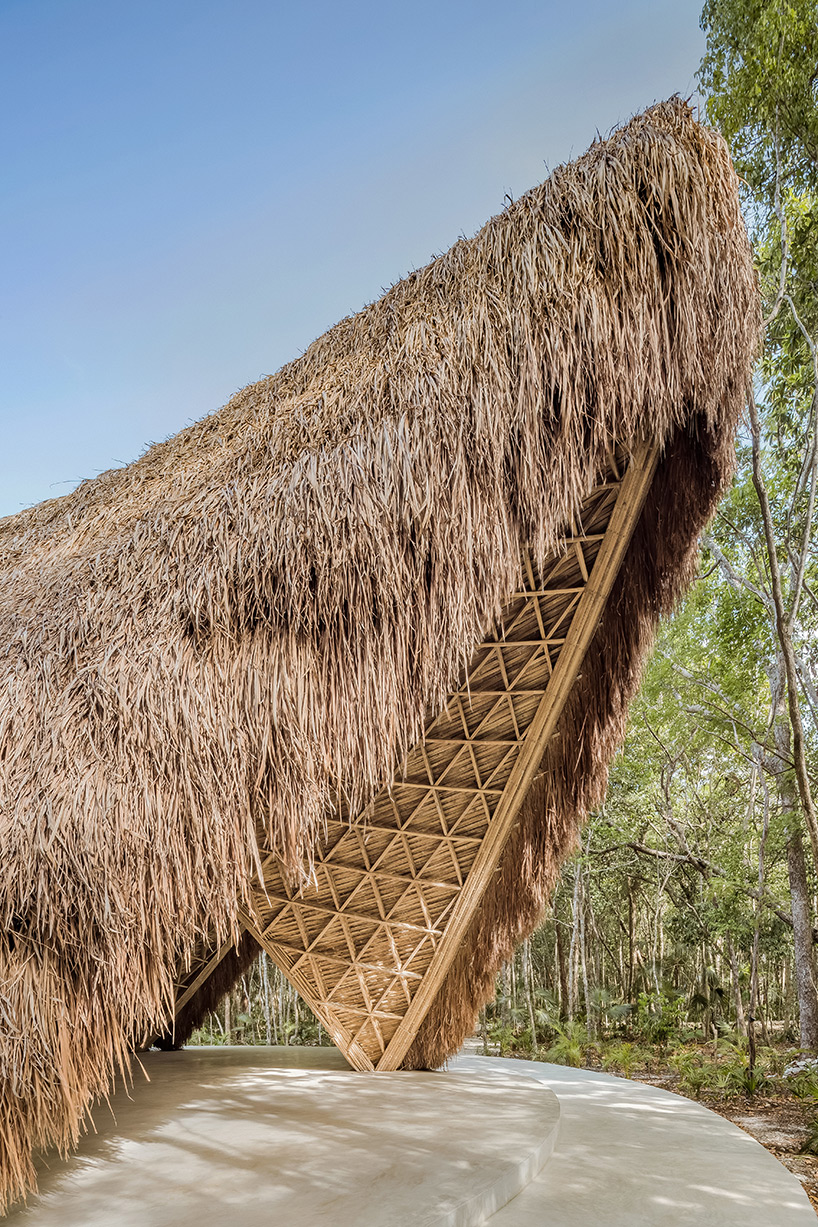
image by cesar bejar
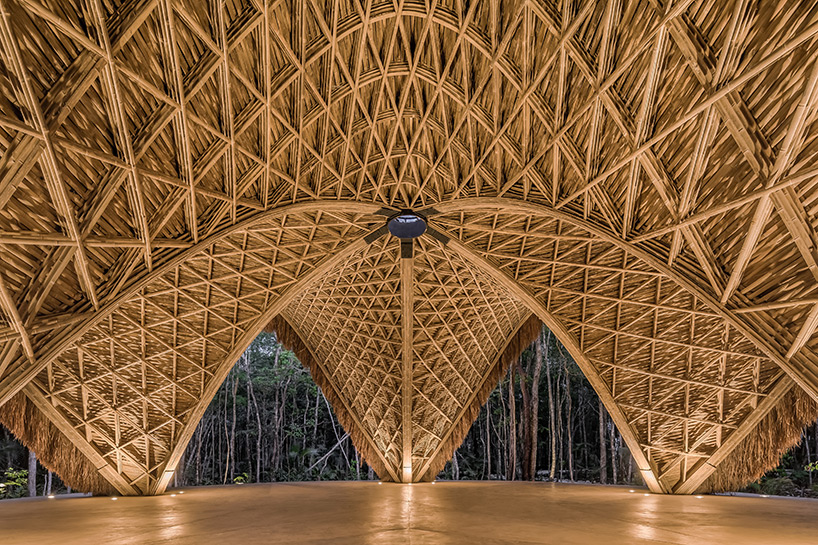
image by cesar bejar
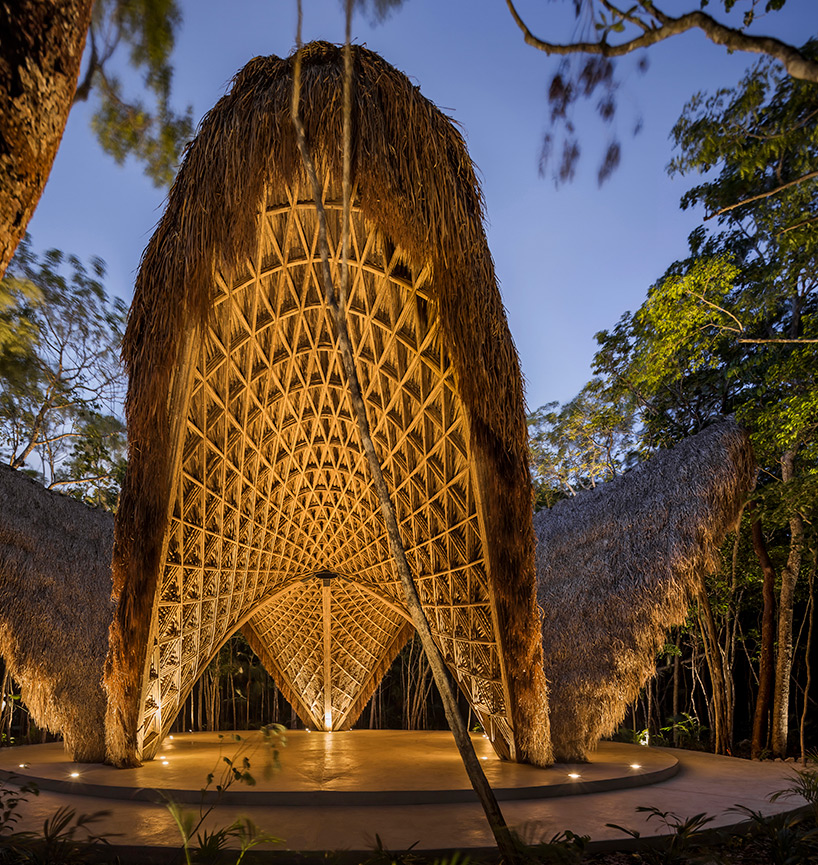
image by cesar bejar



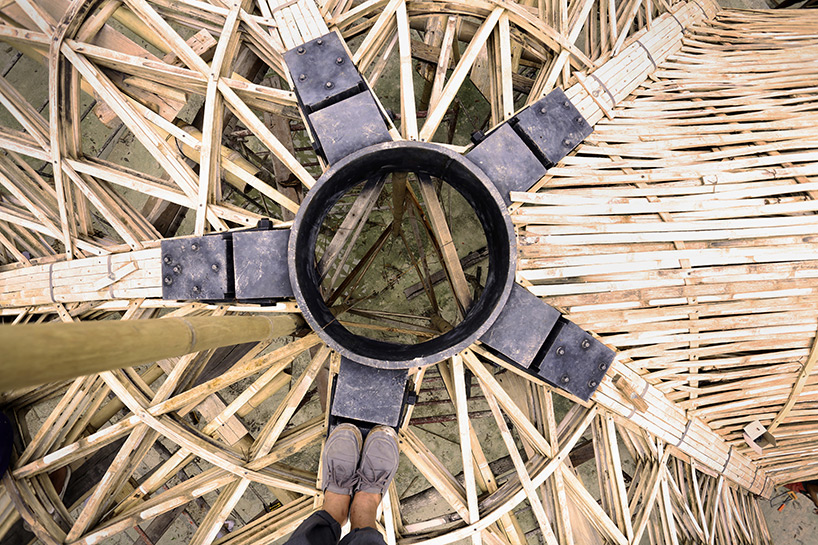
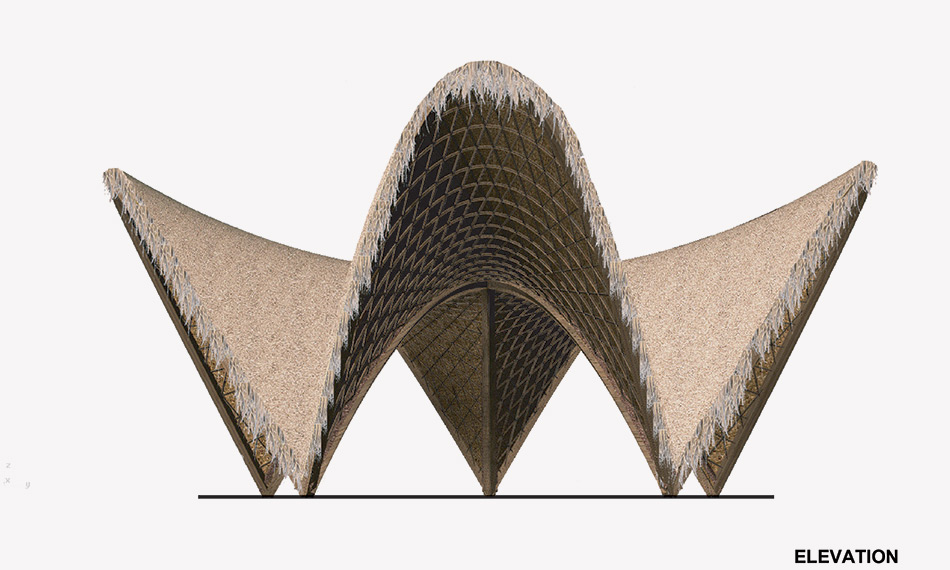

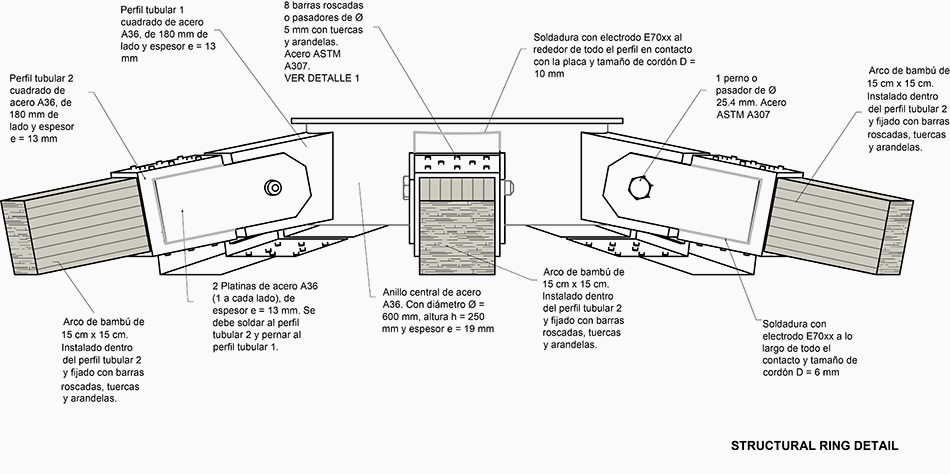
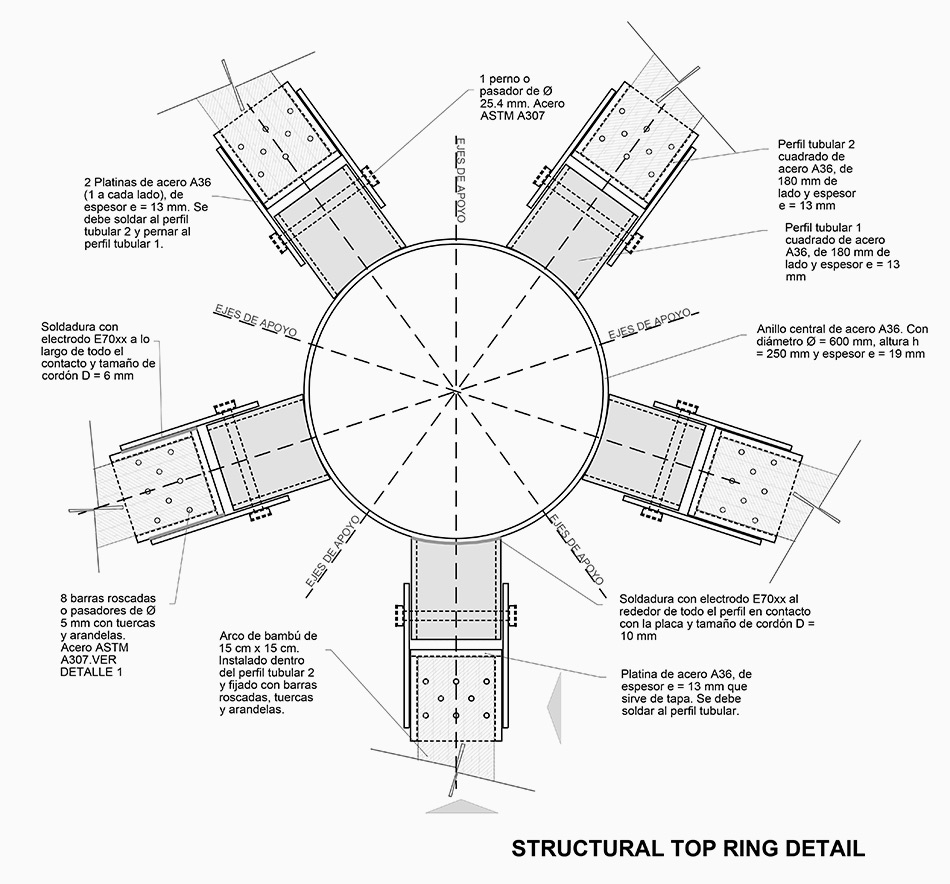
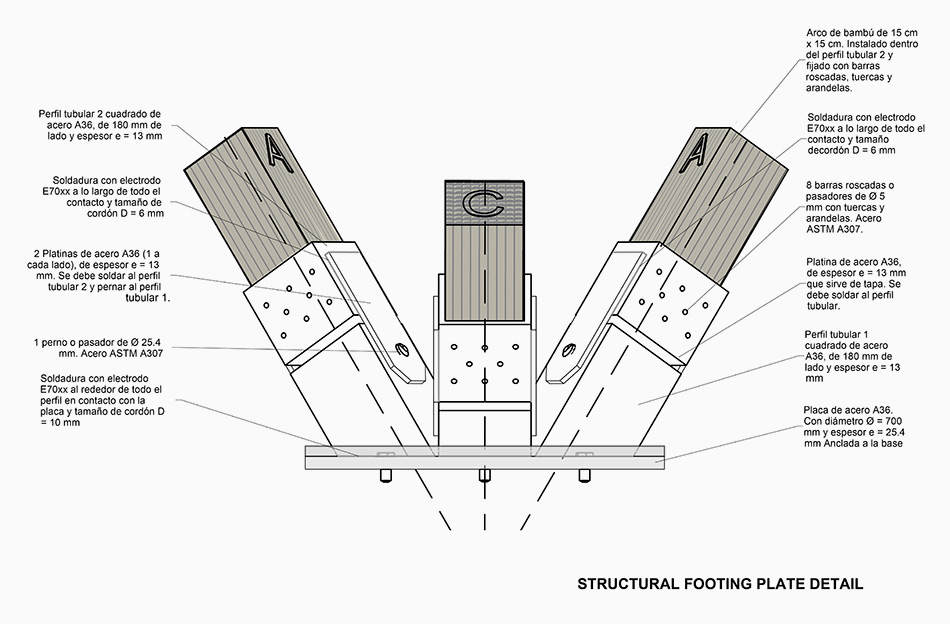






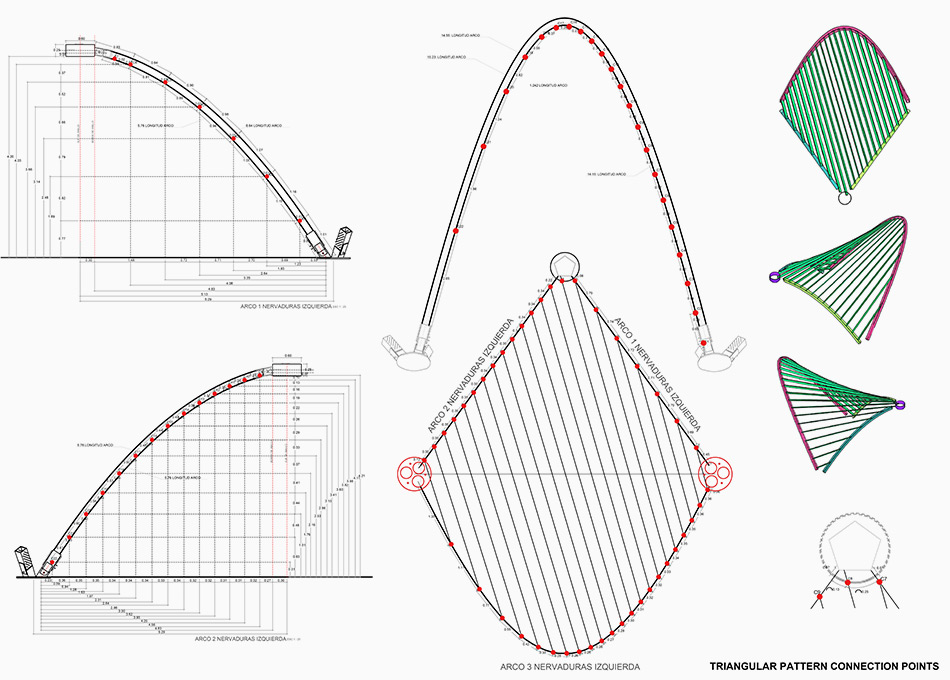

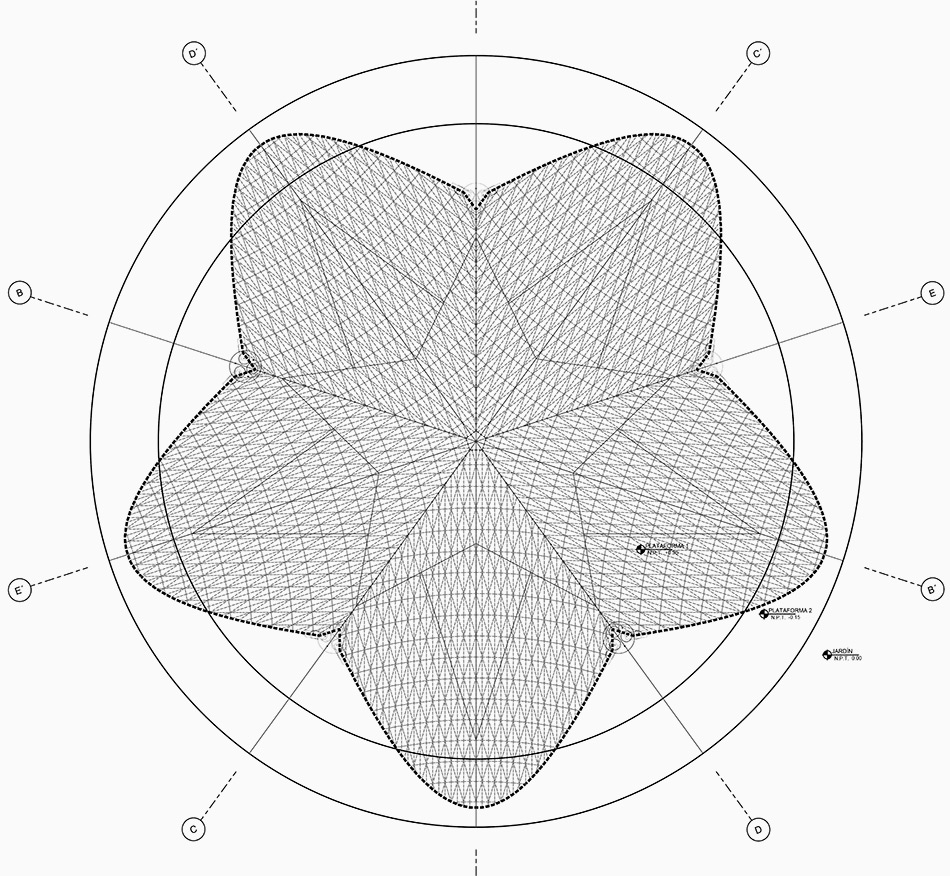
project info:
project name: LUUM temple
architecture firm: CO-LAB design office
completion year: 2019
built area: 250 m2
project location: tulum, mexico
photographers: cesar bejar; CO-LAB design office; pakal egger / tonatiuh egger
credits:
architecture: CO-LAB design office — joana gomes, joshua beck, arturo garza espinosa, rodrigo arias lopez, thalia velasco, antonio quintero, alberto avilez
engineering: ING esteban morales
construction: arquitectura.mixta — jaime peña, javier creuheras, arley osorno, farut varon
client: LUUM zama
